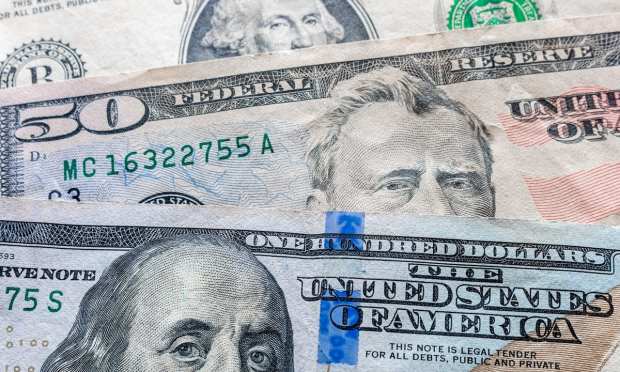Inflation Could Be Poised To Take a Bite From Consumer Spending

Inflation may be on the horizon, coming more quickly than many observers might assume. And when it’s here — when it’s more expensive to borrow, when prices rise — consumer spending may (eventually) feel a pinch.
To that end, as Bloomberg reported Monday (Jan. 4), expectations for rising inflation are ramping up — at least on Wall Street. At a high level, as indicated by what’s known as the 10-year “breakeven rate” — which is tied to inflation-linked Treasury securities — the Street is expecting inflation to be as high as 2 percent through the next decade. That’s the highest level seen since 2018.
The thinking may be that, as vaccines effectively put an end to the pandemic, as the political uncertainty of which party controls the Senate recedes, and we get some semblance of “normal” life in place, inflation would become part of the overall general, macro landscape. After all, we’ve been in a period of low-to-negative interest rates for years amid exceptionally easy monetary policy. With low interest rates in place, the hope is that companies — and consumers — will continue to borrow, and put their buying power to work in the economy at large.
Average Inflation Targeting
The Federal Reserve signaled a new approach to inflation back in August. Under that framework, the Fed has said it will look to achieve inflation “moderately” above 2 percent for some time. This is known as average inflation targeting. An average means that when the inflation rate is under the inflation target (here, 2 percent) for a period of time, it would follow that, naturally, the inflation rate would have to be above that rate to help get to that desired average. That targeting would be done through rate hikes (or, conversely, cuts). It’s a balancing act, as so much is when it comes to policy and economics.
As the pandemic eases, once vaccines become more widely available, companies may feel more sanguine about hiring. As the unemployment rate falls, companies may lure workers with higher wages, which means, of course, inflation gets a tailwind. That translates into higher prices (to help cover a boost in operating costs). Higher prices, and higher debt costs may take a bite out of consumer spending, at least eventually.
As for consumer spending itself: The second round of stimulus checks is underway, at $600 per person (for those making under $70,000 annually). As noted in this space, it remains to be seen what individuals and families will do with the latest stimulus payments, but if past is prologue … with the first round, consumers were more likely to save the funds or pay down at least some types of debt. In November, the Federal Reserve reported that Americans paid off $10 billion in credit card debt in the third quarter (Q3) of 2020. But they borrowed more for car and housing loans. Overall consumer debt, in fact, increased 60 basis points over the second quarter of the year, to stand at $1.36 trillion.
Longer term, the stage may be set for companies to expand once the pandemic is, arguably, in the rearview mirror (thus possibly boosting inflation). As surveyed by PYMNTS last month, commentary from 582 Main Street small and medium-sized businesses (SMBs) found that business owners were “more optimistic” about the pandemic’s impact on their bottom lines, and their own prospects overall. Forty-five percent of Main Street SMBs say they are “very” or “extremely” sure they would be able to stay open if new lockdown measures are imposed, while the remaining 55 percent are between “not at all” or only “somewhat” sure they would be able to remain open.
